Hubble trouble is latest glitch in space telescope's long and storied history
Glitches have closed Hubble's supersharp eye from time to time over the past 30 years.
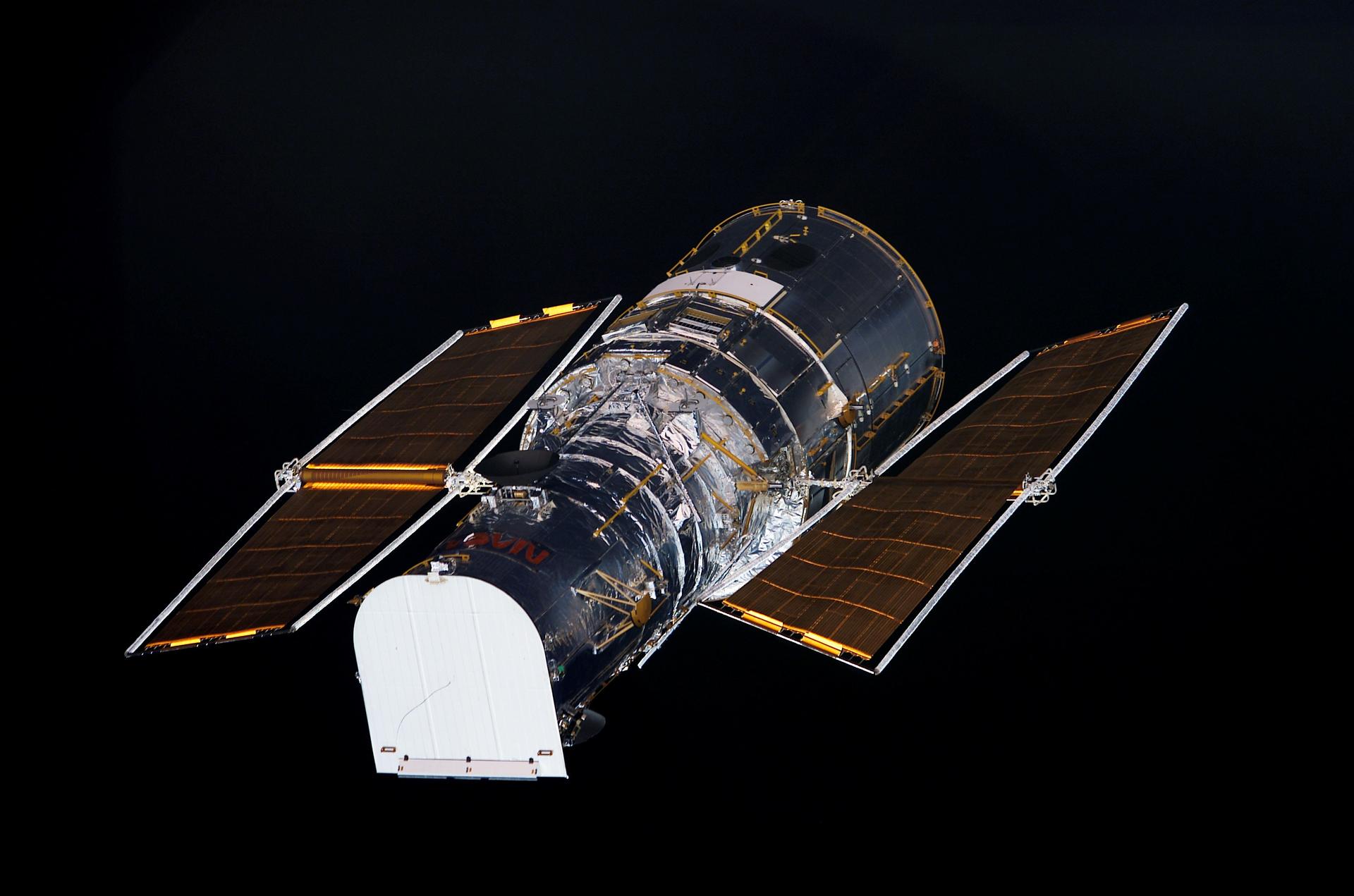
For the past month, our most beloved eye on the universe has been closed, blinded by a computer glitch that NASA experts are still working to solve.
After 31 years in space, the Hubble Space Telescope unexpectedly shut down on June 13 after suffering a problem that initially appeared to be the fault of an aging memory module. But the more NASA personnel tried to fix the issue, the more slippery it became. Now, the team thinks a device called the Power Control Unit is responsible, but it's a relatively risky procedure to switch to the backup version, so NASA is taking its time to troubleshoot the issue.
"If you do it wrong, you can leave the spacecraft in a situation where you might not be able to recover, so you want to make sure you don't do it wrong," Paul Hertz, NASA's director of astrophysics, told Space.com. "I think that's the level of care and risk that we want to be aware of as we move forward."
Related: The Hubble Space Telescope and 30 years that transformed our view of the universe
The team will attempt to switch the observatory to the backup system beginning on Thursday (July 15), after spending two weeks developing and evaluating the process on the ground, according to NASA statements.
No one is happy that Hubble is offline and its science is on hold indefinitely. But officials familiar with the telescope and the anomaly investigation have emphasized that they are confident the observatory will survive this incident, just as it has previous glitches.
"We're all very optimistic that they will find a way," Antonella Nota, the science lead for Hubble at the European Space Agency, which is a partner on the observatory, told Space.com.
Get the Space.com Newsletter
Breaking space news, the latest updates on rocket launches, skywatching events and more!
Nota cited past issues Hubble has overcome, particularly successive gyro glitches that could have prevented the observatory from pointing correctly. In that case, engineers were able to develop new modes of observatory functioning that allowed Hubble to operate with just one of its six original gyros, instead of the three it was designed to require.
"That's why I am optimistic and I'm smiling," she said. "Because the system was designed to have so much redundancy and because the engineers are so creative in coming up with solutions, I think that this will be fine."
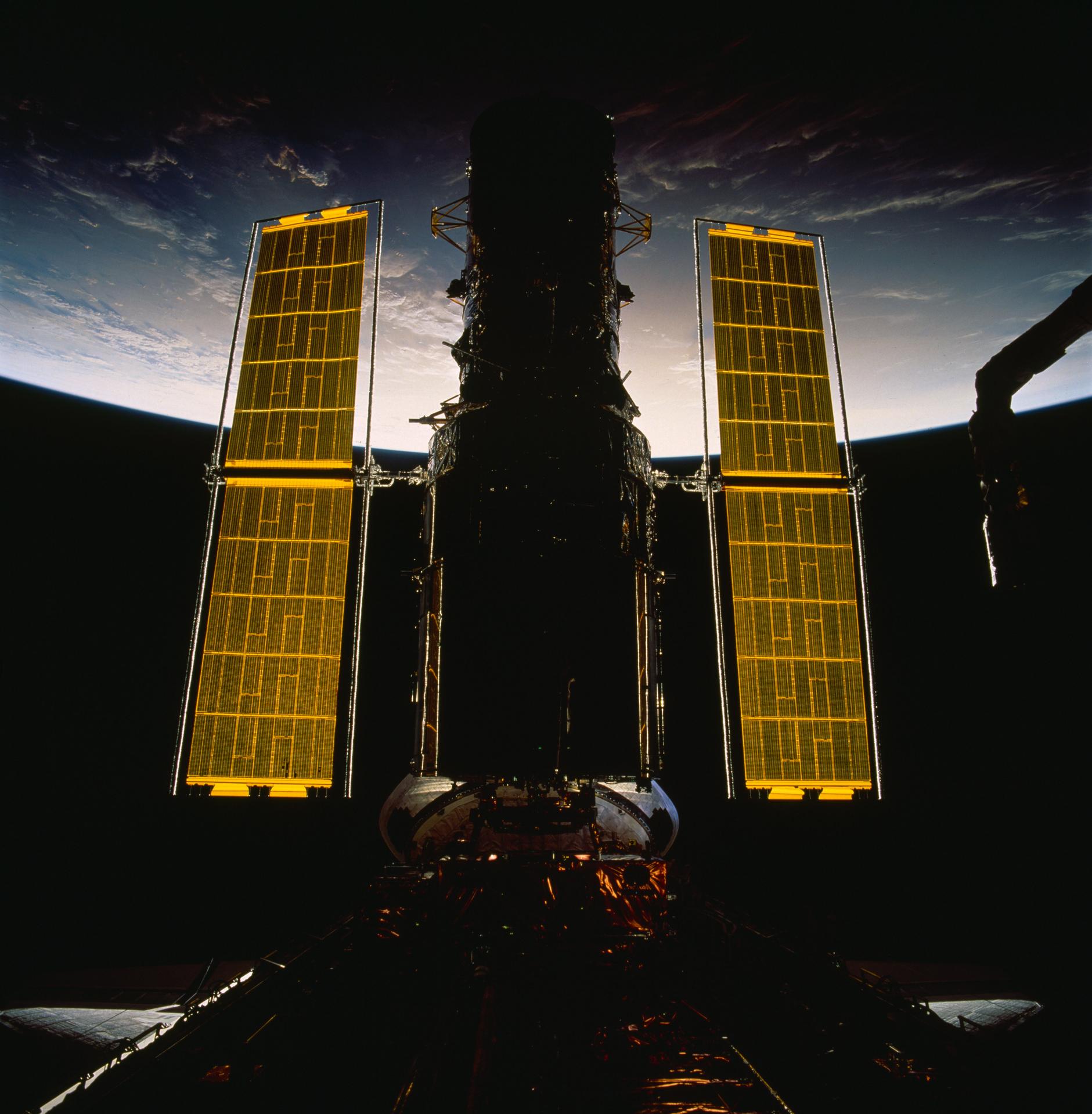
Science on pause
In the meantime, a month's worth of scientists who had snagged highly prized observing time using the instrument must wait and hope they'll get the time back after the observatory comes back online.
"This is the first time that I got my own time with Hubble, and unfortunately I haven't gotten any observations yet," Theodora Karalidi, an assistant professor at the University of Central Florida, told Space.com. Karalidi was scheduled for observations to begin just days after Hubble experienced its glitch, and even if it came back on line this instant, the observatory can't get a good look at her target for about nine months.
Karalidi's observations would have targeted a system that scientists call Luhman 16, which is the pair of brown dwarfs — so-called "failed stars" — nearest to our solar system. These objects are on the scale of Jupiter and, like that world, host dynamic systems of cloud bands and belts. Using Hubble's Wide Field Camera 3 instrument, Karalidi wanted to track features in the brown dwarfs' atmospheres from one local day to the next.
"The atmospheres are really dynamic," she said of worlds like those in Luhman 16. The brown dwarfs in the system complete a rotation every five or eight hours, so Hubble should be able to track the weather on these alien worlds. "You can see clouds moving," Karalidi said. (Hubble can likely distinguish features the size of Jupiter's Great Red Spot on the Luhman 16 pair, she said.)
Karalidi's hope was that these observations of fairly nearby worlds would teach scientists how to better understand brown dwarf atmospheres, and in turn the atmospheres of exoplanets more generally.
But instead of her data, Karalidi got an email explaining that Hubble was offline and her observations wouldn't occur. "The way it looks right now, I have to wait for a year," she said — until April or May.
All of the observations Hubble has missed should be reschedulable, Nota said — the observatory didn't have any observations planned of so-called transient events that unfold rapidly on an astronomical timescale. "Everything will be rescheduled when possible," she said. "It's a loss, but it's nothing that cannot be recovered."
Assuming, of course, that the observatory itself can be recovered. "I just hope they rescue it and we keep on observing with Hubble," Karalidi said. "It's a great little telescope."
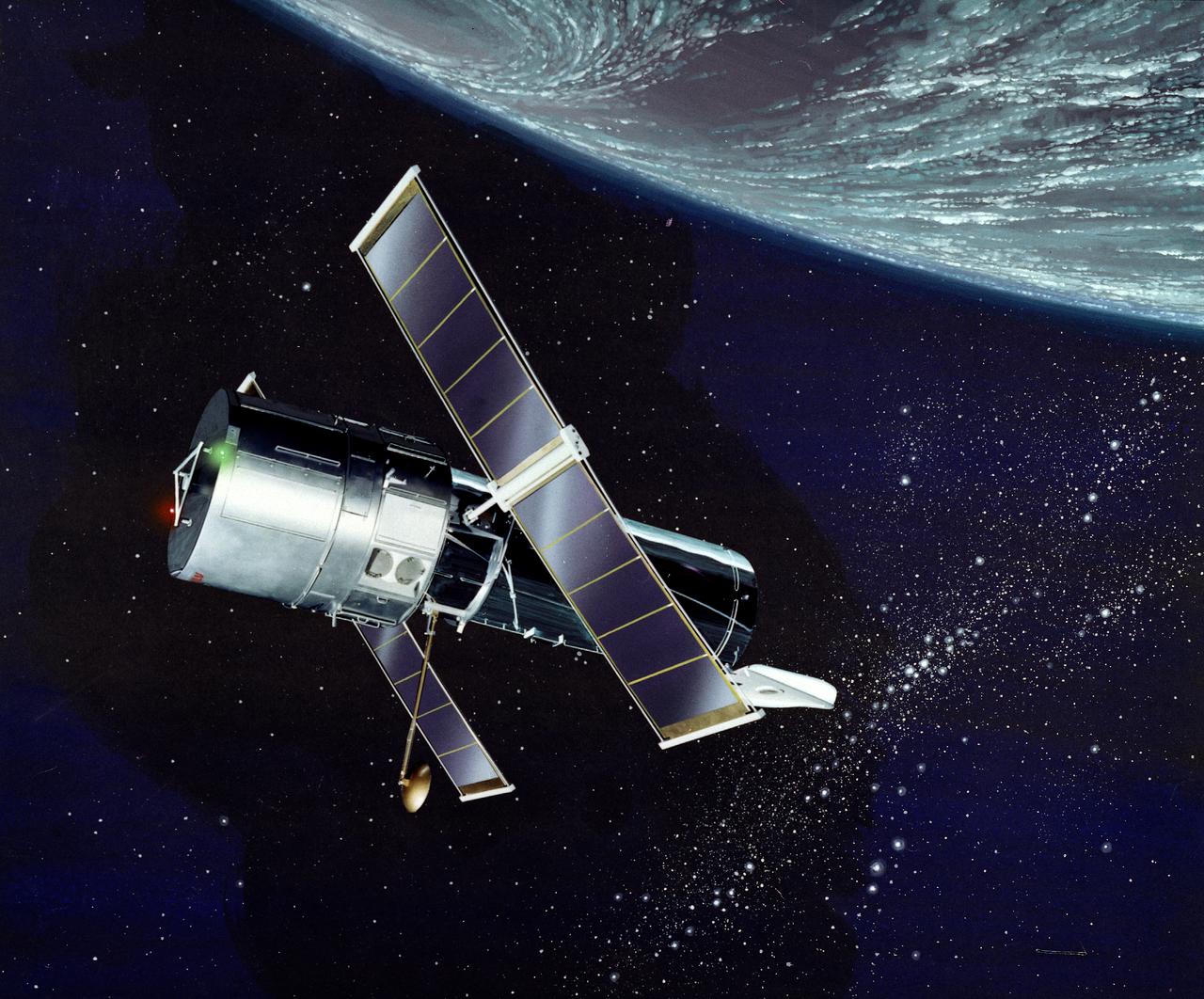
Troubleshooting an icon
There's nothing NASA loves quite as much as a good backup system, and Hubble is no exception. The observatory carries two computer systems to reduce the odds that any one glitch can put an end to the storied mission.
"The beauty of Hubble is that as a system, there is so much redundancy," Nota said.
And in the history of space telescopes, Hubble is unique because it was designed for astronauts to repair in orbit, hitching rides on NASA's space shuttles. And thank goodness: As originally deployed in 1990, the observatory's optics were heartbreakingly blurry. Astronauts on the observatory's first servicing mission repaired the system in 1993; four additional crews visited the telescope through 2009.
But by then, NASA's space shuttle program was near its end, and the agency knew it wouldn't be able to send another crew to tune up the venerable observatory. So when the agency planned the 2009 mission, the team did everything it could to prepare the telescope to survive years on its own.
In a fluke of timing, Hubble had just experienced a computer issue much like this one. So with a servicing mission already on the docket, NASA was able to add the relevant hardware replacement to the agenda.
Related: The best Hubble Space Telescope images of all time!
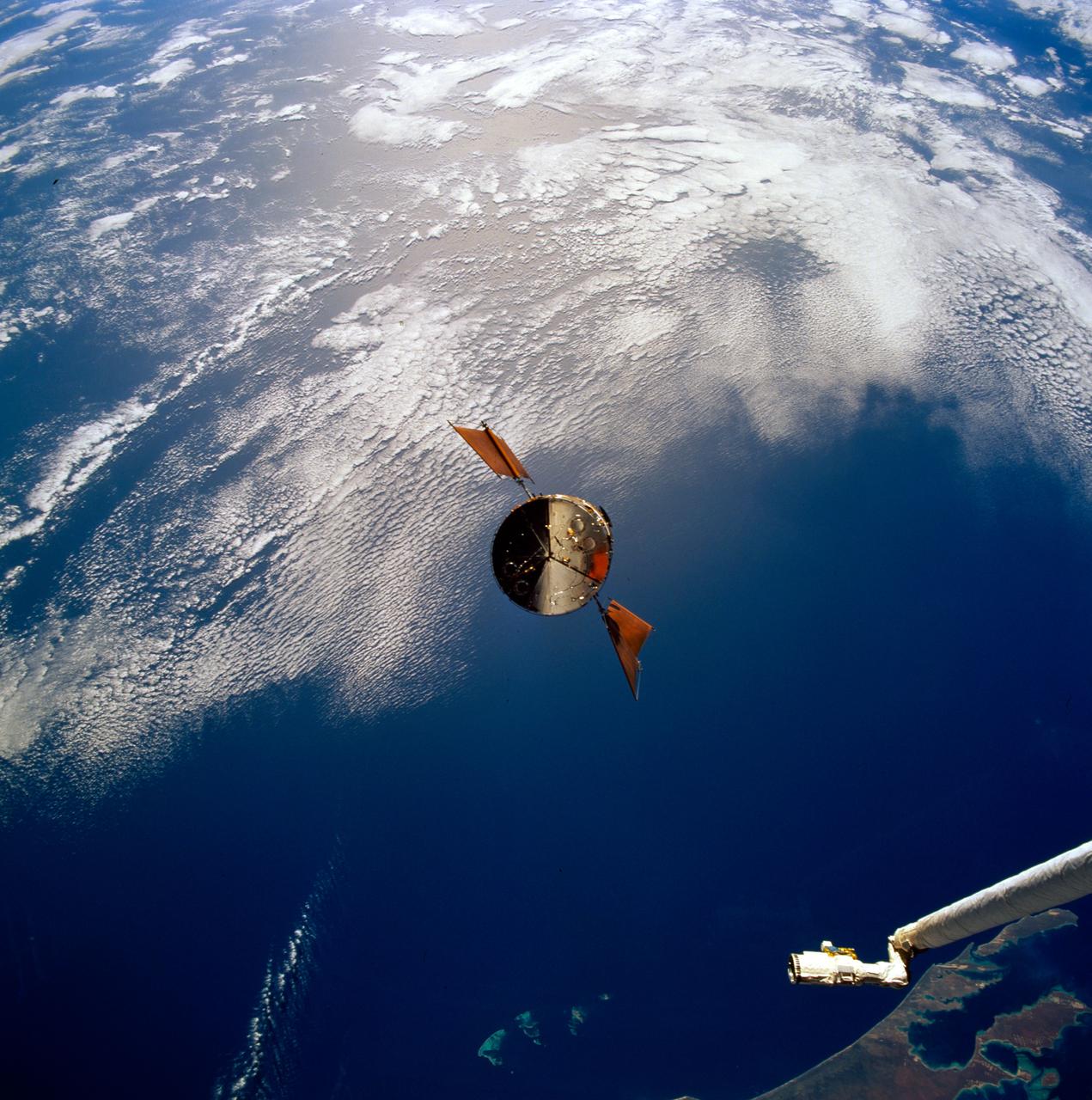
Astronauts took the opportunity to replace plenty of other parts of the observatory as well in a bid to extend Hubble's scientific career as long as possible. "When we serviced Hubble in 2009, we replaced pretty much everything that was aging and could be replaced," Hertz said. "It was spiffed up and working at its peak performance and everything was fully redundant, and that's exactly what we did on purpose to prepare ourselves for a day like today."
After all, no machine lasts forever, especially one that spends decades in the harsh environment of space. And overall, the observatory has held up well in the more than a decade since that servicing mission. The biggest issues Hubble has faced since the final servicing mission were gyroscope glitches that NASA was able to mitigate by turning to a previously developed alternative pointing technique that only requires one functioning gyroscope.
But neither NASA nor ESA is shocked to see Hubble miss a few weeks of work. "As a telescope ages, you expect to have problems here and there," Nota said. "I think it's remarkable that Hubble is doing so well."
So while scientists hold their breath and hope for the best, engineers are methodically designing, checking and triple-checking a procedure to resuscitate Hubble by turning the spacecraft to the backup version of a device that controls power to the main computer.
"It's an international treasure, and so everything has to be weighted, and they're being very careful," Nota said. "I think we all agree that it is better to wait one more day but to make sure that everything is done properly, without rushing."
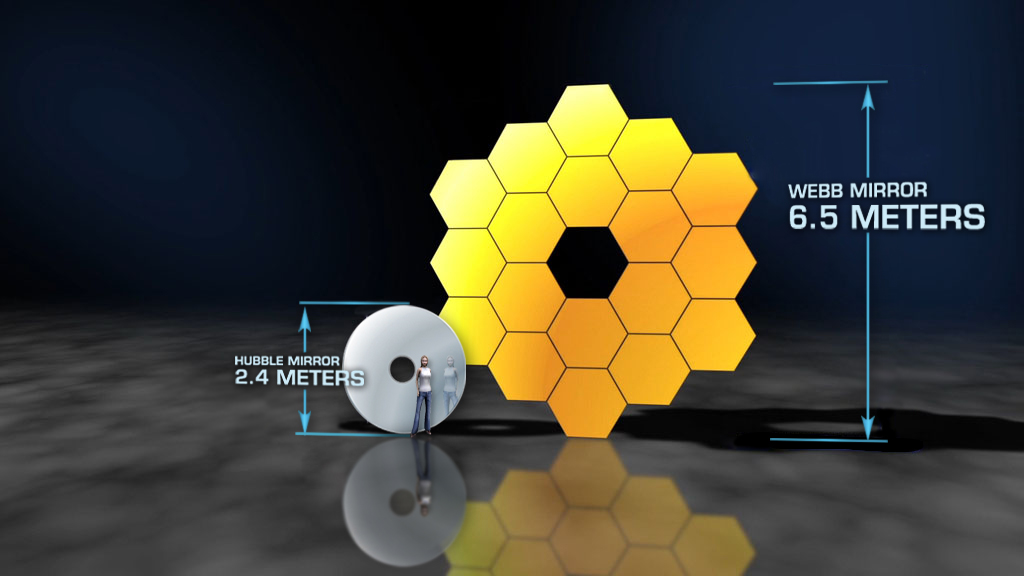
A partnership on the launch pad
Even as NASA works to get Hubble back online, the agency is also anticipating the launch of another observatory meant to become a crown jewel of astrophysics, the much-delayed James Webb Space Telescope, which is now targeting launch in mid-November.
"By the end of the year, we should have two telescopes working in synergy really in an amazing way," Nota said. "The two together will be such a powerful tool, I think science will just make a leap forward when we'll have both together."
For years, scientists have dreamed of being able to use the two observatories as a pair. "We were very much looking forward to using the two in tandem," Hertz said. "Astronomers have really been looking forward to that one-two punch of Webb and Hubble."
If all goes well with the procedure NASA developed to switch power regulators, Hubble will be back up and running with plenty of time to greet its companion later this year. But Webb was never designed to replace Hubble. In fact, it was tuned to fill gaps in Hubble's coverage by seeing types of light — namely, infrared wavelengths — that its older sibling can't.
And whereas Hubble spends a significant portion of its time taking snapshots that become the glamorous images of the universe that so many have grown to love, Webb will gather many more spectra, the chemical fingerprints that scientists use to discern the ingredients of stars and planets around us.
So even though Webb, often referred to as "the next Hubble," is headed to the launch pad soon, no one is done with Hubble. "The nearness of the Webb launch is immaterial to the effort we're putting in on Hubble," Hertz said.
"Hubble is a household name," Nota said. "It's the people's telescope."
Email Meghan Bartels at mbartels@space.com or follow her on Twitter @meghanbartels. Follow us on Twitter @Spacedotcom and on Facebook.
Join our Space Forums to keep talking space on the latest missions, night sky and more! And if you have a news tip, correction or comment, let us know at: community@space.com.

Meghan is a senior writer at Space.com and has more than five years' experience as a science journalist based in New York City. She joined Space.com in July 2018, with previous writing published in outlets including Newsweek and Audubon. Meghan earned an MA in science journalism from New York University and a BA in classics from Georgetown University, and in her free time she enjoys reading and visiting museums. Follow her on Twitter at @meghanbartels.









